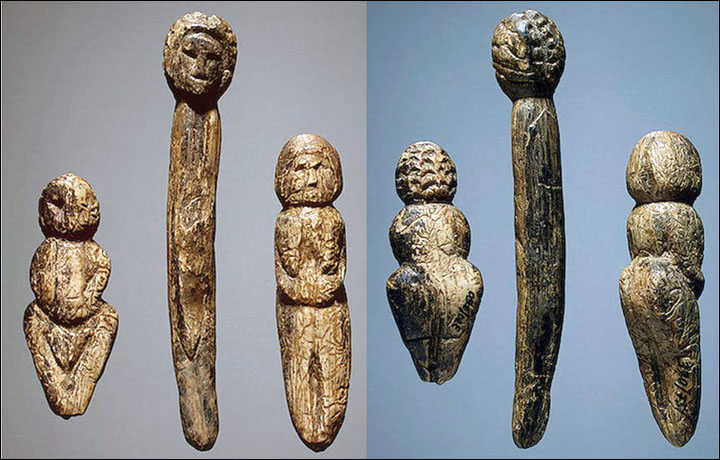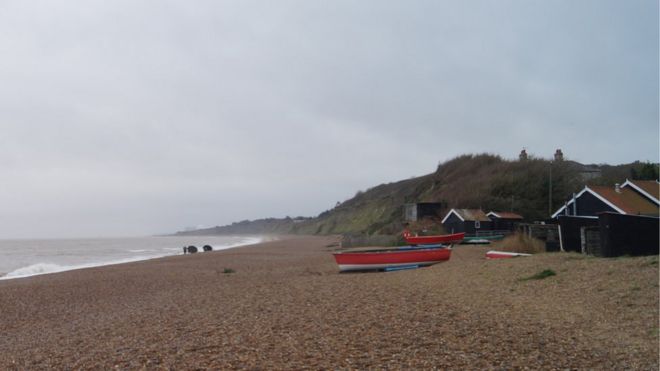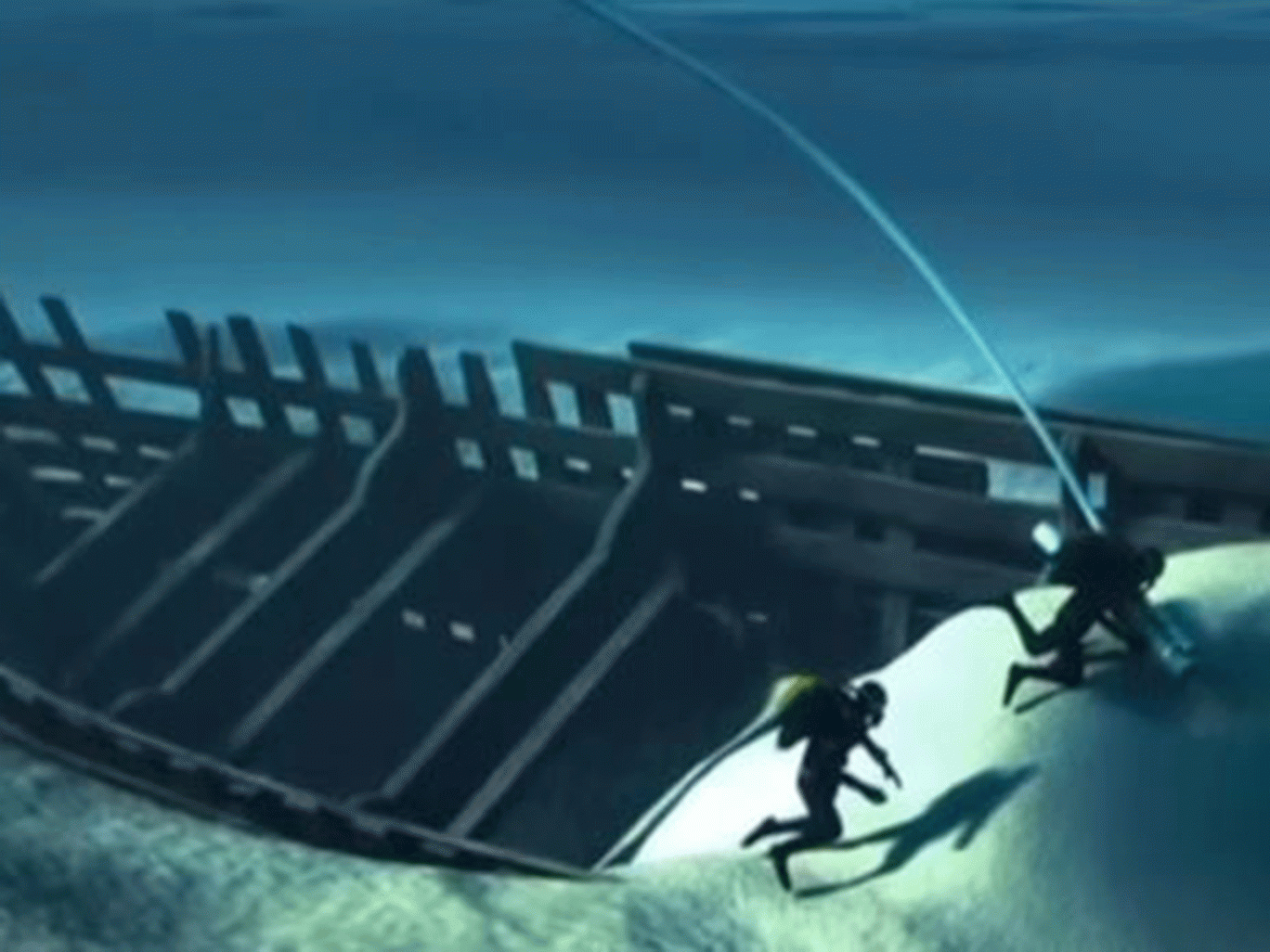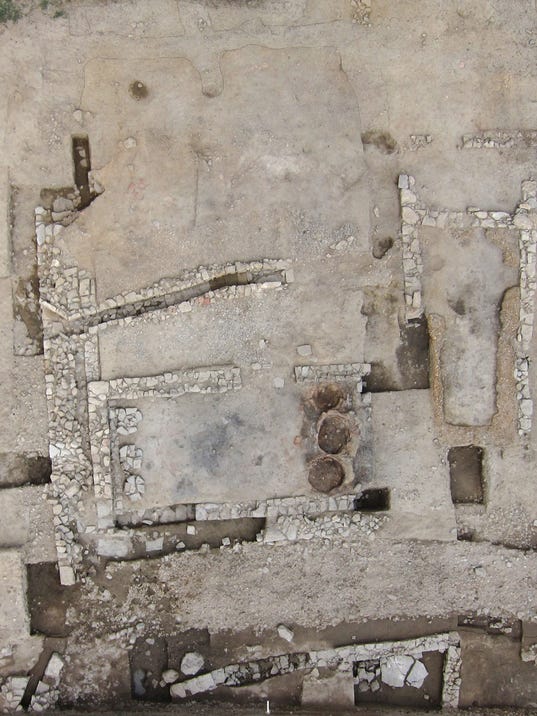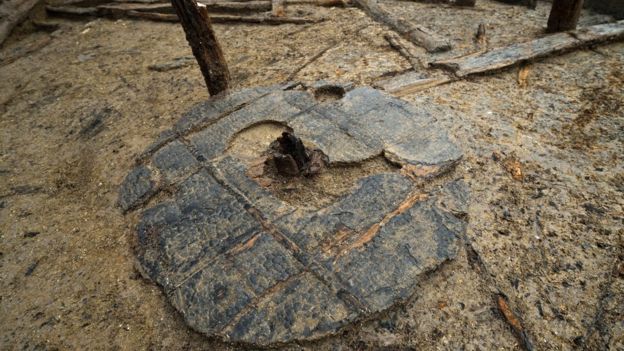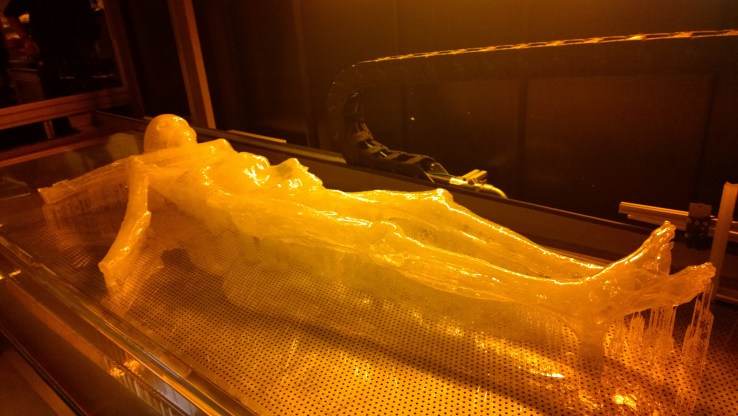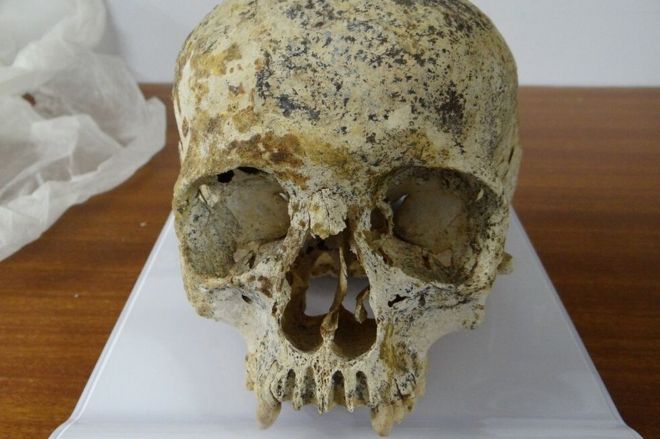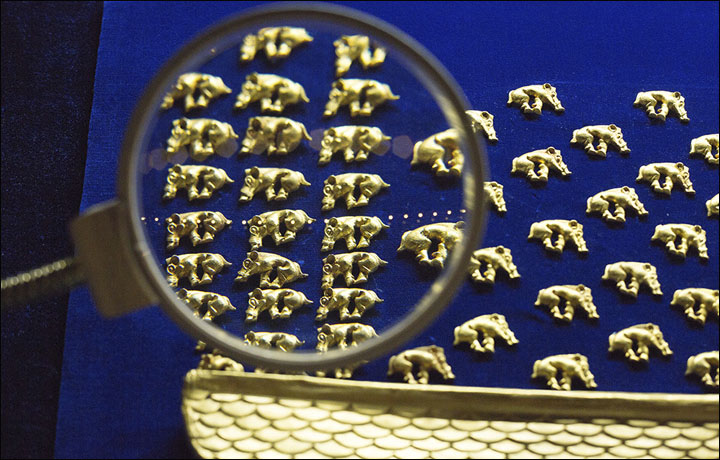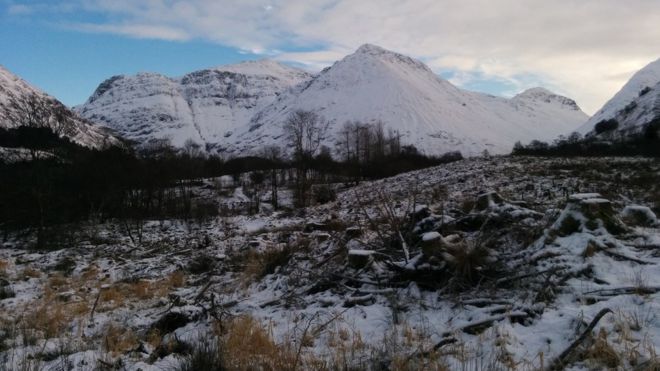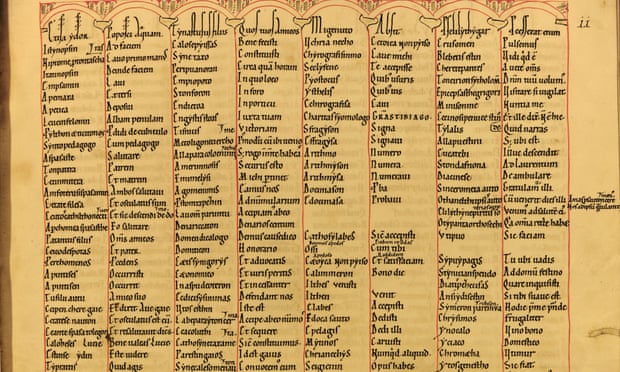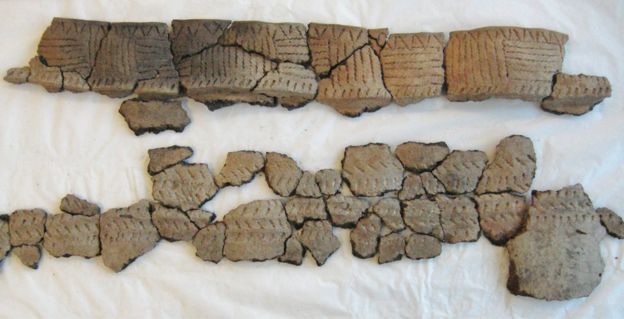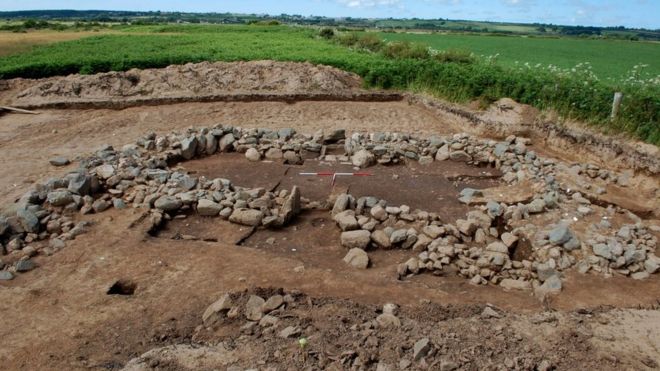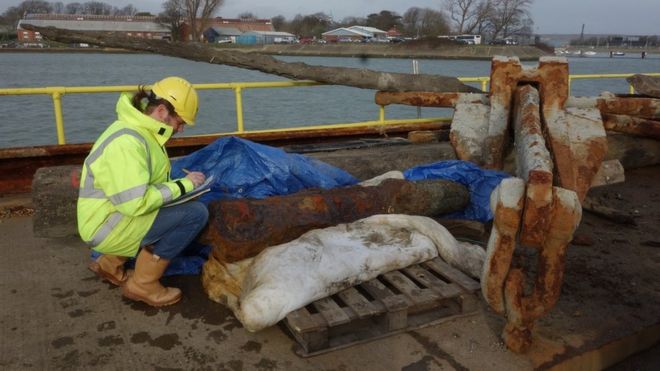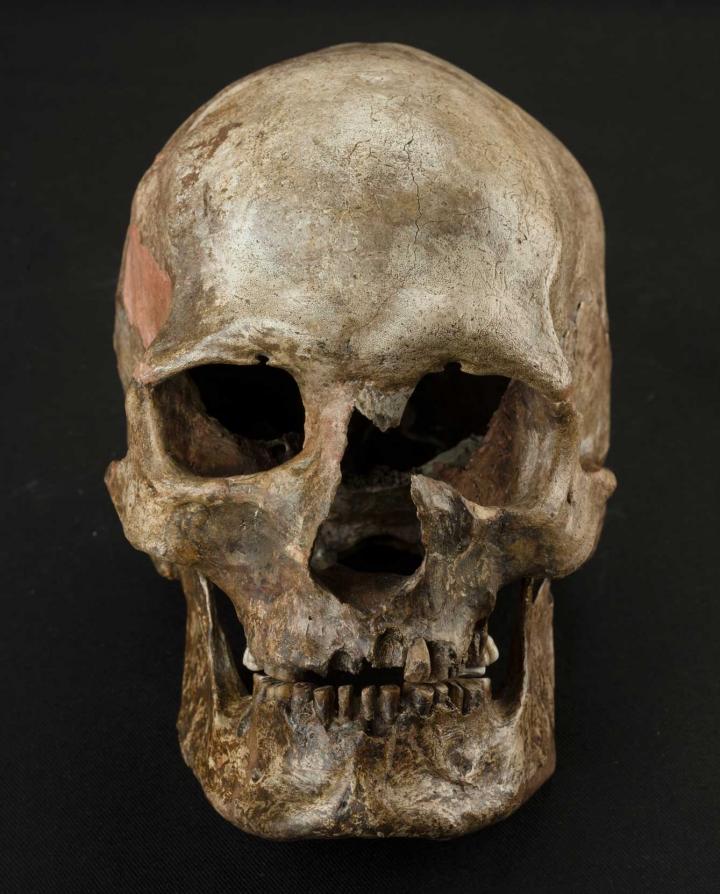Fosen Folk High School students sailing a square-sail-rigged boat in the Trondheim Fjord. Square sails were the norm in Viking days. Photo by Claire Eamer
Gray clouds hang low over the Trondheim Fjord, a huge, convoluted indentation in the central Norwegian coast. A gusting wind blows the tops off the waves, tosses rain in my face, and fills Braute’s great square sail. It heels over, water splashing over its leeward gunwale and through the oar-ports, soaking everyone on that side of the long, open, Viking-style wooden boat.
Braute is sailing out from Fosen Folk High School, located in Rissa, on the north shore of the fjord. I’m sharing a hard wooden bench with some of the school’s students—mostly young Norwegians, with a sprinkling of foreigners. They’ve just spent nine months studying traditional skills that date back to the Viking Age, from boatbuilding and sailing to traditional farming and wool working.
On this, the last trip of the school year, we’re heading for Utsetøya, a little island near the mouth of the fjord. That’s where the school’s small flock of sheep, which provides both meat and wool, runs wild for most of the year, hemmed in only by the sea. Most of Fosen’s student body is crammed aboard Braute and two other Viking-style boats, along with staff, food, mounds of camping gear, and one shivering Canadian journalist. The plan is to camp on the island for several nights, check on the flock, and collect next year’s supply of raw wool.
Read the rest of this article...


